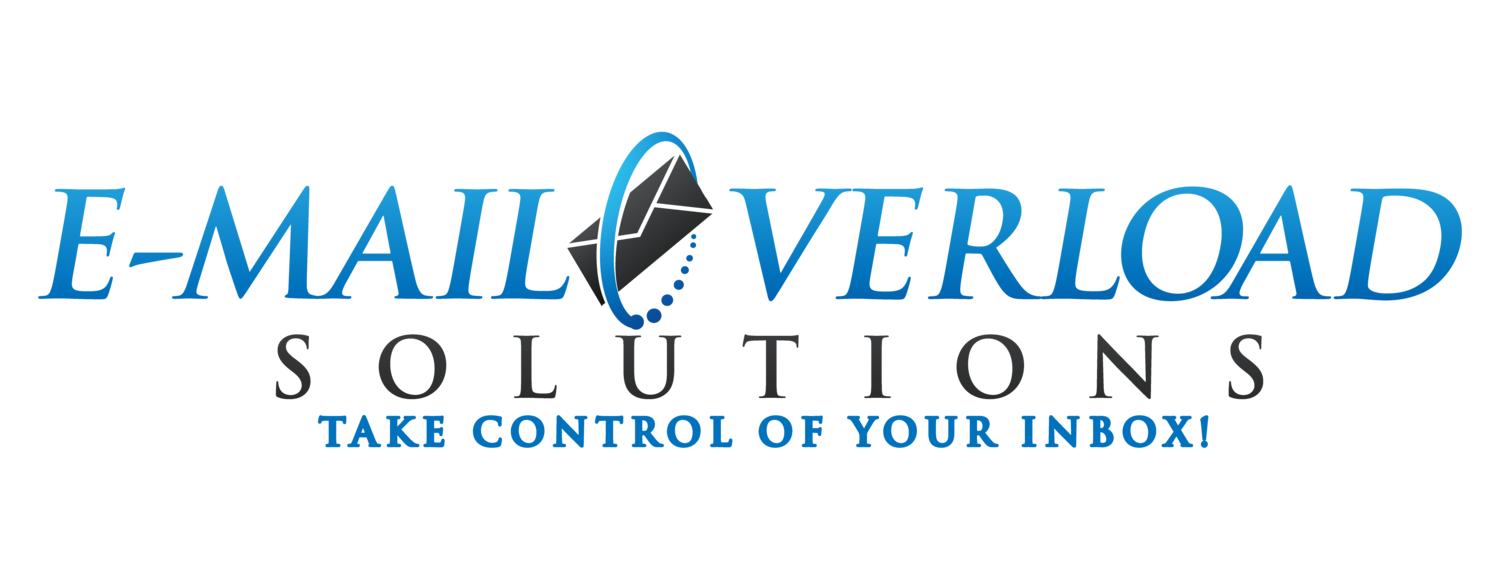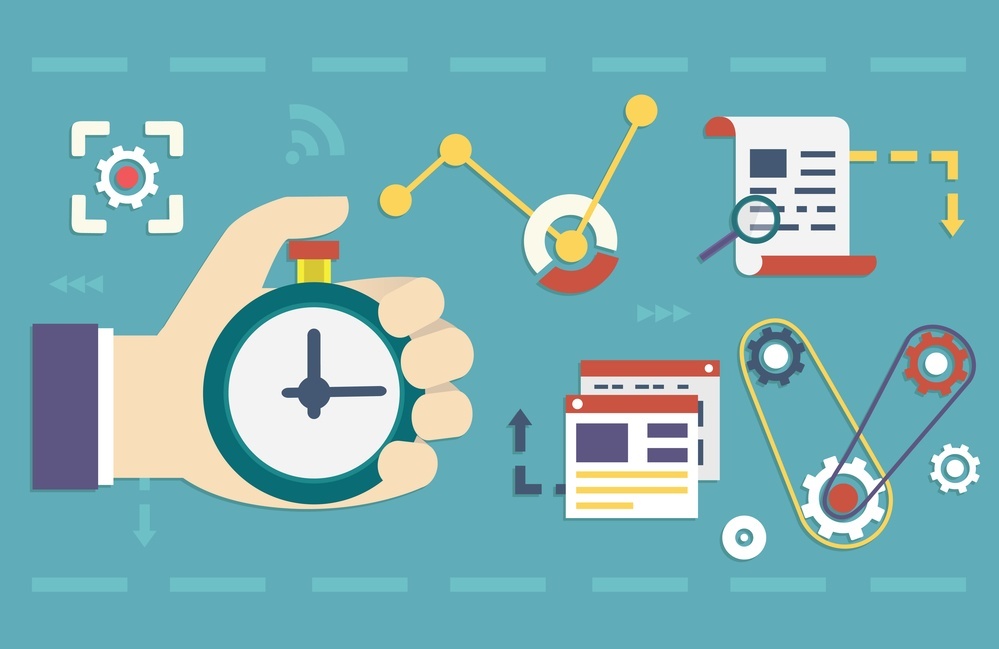The 6 Key Components to a Productivity System
/There are six key components that make-up my productivity system.
I recently read a short but helpful eBook by Michael Sliwinski, the 10 Key Steps to Ultimate Productivity.
His book got me thinking about the key components of my own productivity system.
In my analysis, I have tried to focus on key processes and activities as opposed to the specific "tools" used (although I do list a few sample tools in each component).
Here are the six key components that make-up my Productivity System:
1) Reference/File system
These are the processes and systems for storing both physical documents as well as digital documents and information.
Solutions/approaches include:
File Folders and File Cabinets for physical documents.
Cloud-based storage (DropBox, Google Drive, etc.) for digital documents.
Application-based storage (Evernote, Email Folders, OneNote, etc.) also for digital documents.
2) Project Management
A project is an activity that has a beginning and end, contains multiple steps, and performs something new or unique. A project will often involve multiple resources, costs, and require detailed tracking. Projects also have “dependencies”, which is where the start of certain steps is dependent upon the completion of prior steps.
Solutions/approaches include:
Project Management Applications (Microsoft Project, Trello, Asana, Wrike, Basecamp).
Spreadsheet Tracking (Microsoft Excel, Google Sheets, SmartSheets).
Written Project Plans with detailed Milestones (Microsoft Word, Google Docs).
3) Process Management
A process is a specific activity (or set of activities) performed repeatedly to achieve a desired result. It is critical that processes are clearly documented and consistently followed.
Solutions/approaches include:
Written Process Flows (Microsoft Word, Google Docs)
Spreadsheet Tracking (Microsoft Excel, Google Sheets, SmartSheets).
Process Management applications (Asana, Trello, Basecamp, Tallyfy, KiSSFLOW, Workflowy)
4) Task Management
Tasks are discrete items that need to be prioritized and completed. They are what I like to call “one and done” activities. Tasks can be a single, stand-alone item that needs to be performed. Tasks are also often the result of "projects", which require completion of individual “tasks”.
Solutions/approaches include:
Manual Systems (Paper-based planners and check-lists).
Spreadsheet Tracking (Microsoft Excel, Google Sheets, SmartSheets).
Dedicated Task Management Applications (ToDoist, Wunderlist, Rememberthemilk).
Integrated Solutions (Microsoft Outlook, Microsoft OneNote, Google Apps, IBM Lotus Notes).
5) Schedule (Calendar) Management
A schedule (or "calendar") is for managing activities, tasks, and meetings that occur at pre-defined, specific times.
Solutions/approaches include:
Manual Systems (Paper-based planners or calendars)
Dedicated Calendar Applications (Google Calendar, Sunrise)
Integrated Solutions (Microsoft Outlook, Google Apps, IBM Lotus Notes)
6) Communication Management
We all need to talk and communicate, but the key is to use the right media for the right type of communication need.
Solutions/approaches include:
Email systems (Outlook, Gmail, etc.) for asynchronous written communications.
Voice systems (telephone, teleconferences, cellphone) for real-time, voice communications that involve complex topics.
Chat Systems (IM, text messages) for real-time simple communications.
Video-Systems (Skype, Facetime) for real-time face-to-face communications that involve complex or sensitive topics.
Face-to-face (office, coffee shop, meeting center) for face-to-face communications of a highly personal or sensitive nature.
In future posts, I will be diving into each of these areas in further detail. But I wanted to use this opportunity to highlight the six key components of my own productivity system.












